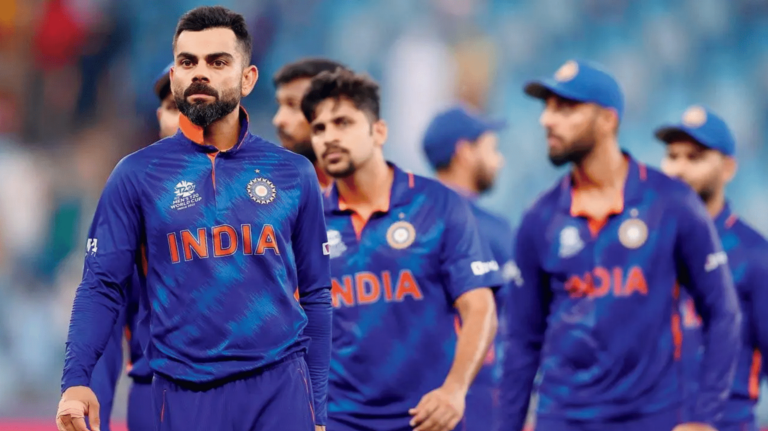Analyzing the Impact of Cricket on Television Ratings
99Exch, Gold: Cricket has established itself as one of the most-watched sports on television globally. The allure of this bat-and-ball game has garnered a vast and dedicated viewership, particularly in countries like India, Australia, England, and South Africa. The fast-paced excitement, strategic gameplay, and the intense rivalries between teams have all contributed to cricket’s popularity on the television screens.
The extensive coverage of cricket matches on television, coupled with commentary from renowned experts and former players, adds to the overall viewing experience for fans. The accessibility of live broadcasts, highlights, and analysis programs further enhances the appeal of cricket as a television sport. With the proliferation of digital platforms and streaming services, fans now have more options than ever to tune in to their favorite cricket matches, making it easier to stay engaged with the sport.
The Relationship Between Cricket Matches and Viewer Engagement
Cricket matches have long been a significant source of entertainment for viewers around the globe. The excitement and intensity of the game naturally draw in audiences, keeping them engaged throughout the match. The dynamic nature of cricket, with its various facets like batting, bowling, and fielding, provides a multi-dimensional viewing experience that appeals to a wide range of viewers, from avid fans to casual observers.
Moreover, the competitive spirit and sportsmanship exhibited by players during cricket matches also contribute to viewer engagement. Witnessing athletes giving their all on the field, strategizing to outsmart their opponents, and showcasing their skills can be incredibly captivating for audiences. This emotional investment in the game fosters a sense of connection and camaraderie among viewers, compelling them to stay tuned in and invested in the outcome of the match.
Factors Influencing Television Ratings for Cricket Matches
For cricket matches to attract high television ratings, several key factors come into play. One crucial aspect is the timing of the matches. Matches scheduled during peak viewing hours tend to draw larger audiences compared to those played during less popular time slots. Additionally, the competition between teams and the significance of the match also play significant roles in determining television ratings. Matches with high stakes or fierce rivalries generally capture the attention of viewers, leading to increased viewership.
Furthermore, the marketing and promotion of cricket matches heavily influence television ratings. Effective advertising campaigns and strategic promotions can create buzz and anticipation around the match, attracting more viewers. In contrast, poorly executed marketing efforts may result in lower viewership numbers. Additionally, the accessibility of the match through various platforms and channels also impacts ratings. Matches that are easily accessible to a wide audience are more likely to garner higher ratings compared to those with limited viewing options.






